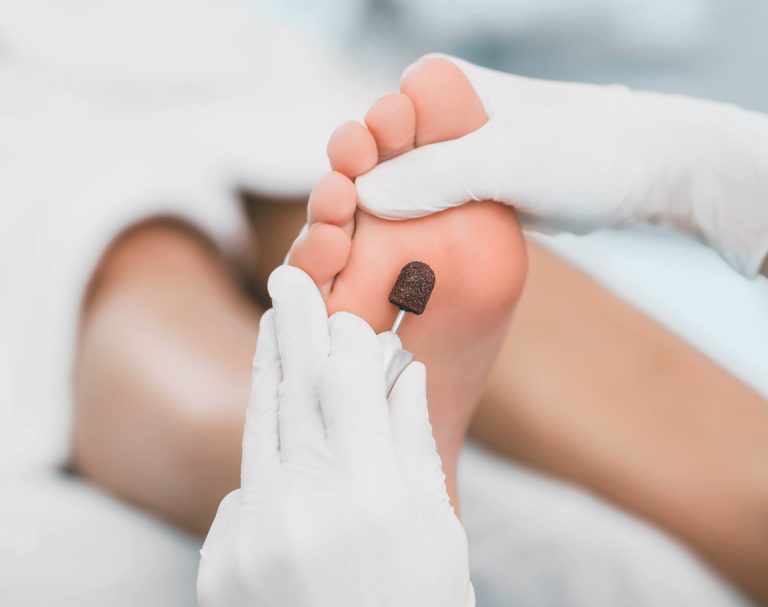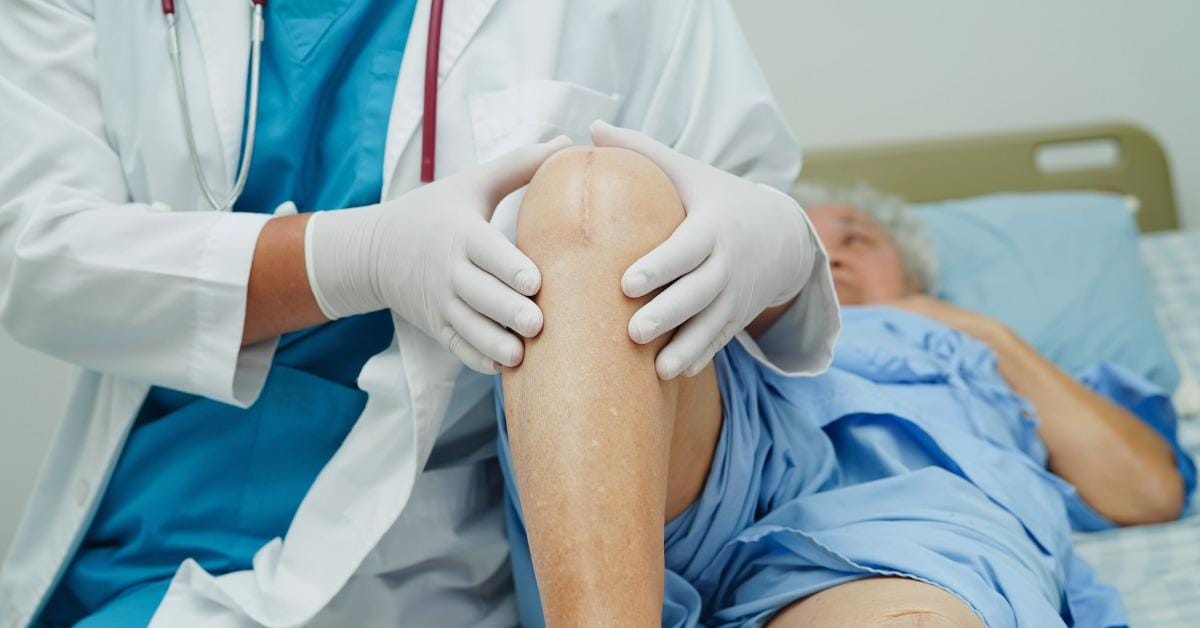Diabetes can lead to many complications, and one of the most concerning is foot wounds that fail to heal. These wounds, especially when left untreated, can progress to serious conditions like infections or gangrene, sometimes even leading to amputation. Orthopedic treatment for foot wounds plays a critical role in managing these conditions. In this blog, we will explore how orthopedic specialists can help treat diabetic foot wounds by addressing the underlying causes and providing targeted care to promote healing, prevent complications, and improve overall foot health.
Understanding Diabetic Foot Wounds
Diabetic foot wounds are often caused by poor circulation and nerve damage (neuropathy), both common complications of diabetes. Chronic foot ulcers, which may result from minor injuries or pressure on the foot, are particularly troublesome in diabetics because of these issues.
People with diabetes may not feel pain in their feet due to neuropathy, which reduces their ability to detect even small cuts or abrasions. These untreated wounds can worsen rapidly, leading to deeper infections and tissue damage. Diabetics also often experience reduced blood flow to the feet, which hampers the healing process, making foot wounds that won’t heal more common.
Why Foot Wounds Don’t Heal in Diabetics
There are several reasons foot wounds in diabetes can struggle to heal:
- Poor circulation: High blood sugar levels can damage blood vessels, reducing blood flow to the feet. This lack of circulation makes it difficult for the body to deliver the oxygen and nutrients necessary for wound healing.
- Neuropathy: As nerve damage sets in, people with diabetes often lose the sensation in their feet. This makes it easier for wounds to go unnoticed and worsen over time.
- High blood sugar: Elevated glucose levels can impair the body’s ability to fight infection, making wounds more vulnerable to bacterial growth.
- Limited mobility: Many people with diabetes also suffer from reduced mobility, which can increase pressure on certain areas of the feet, worsening the wound and slowing the healing process.
Importance of Orthopedic Treatment for Foot Wounds
Orthopedic Treatment for Foot Wounds that Won’t Heal in Diabetes is essential for preventing infection and other complications. Orthopedic specialists focus on a holistic approach to treating diabetic foot wounds. They not only aim to heal the wound itself but also address the underlying causes, such as improving circulation and managing pressure on the feet.
Key goals of orthopedic treatment include:
- Preserving tissue integrity: Preserving the affected tissue is vital to prevent gangrene and the need for amputation.
- Promoting healing: Effective treatment supports tissue regeneration, reduces inflammation, and enhances the body’s ability to repair itself.
- Improving mobility: By providing relief from pressure points and managing pain, orthopedic treatment helps diabetic patients maintain or regain mobility.
Key Orthopedic Treatment Methods for Foot Wounds
Orthopedic specialists employ various methods to treat foot ulcers and wounds in diabetes, tailored to the patient’s specific needs.
- Debridement and Infection Control: One of the first steps in treating diabetic foot wounds is removing dead or infected tissue (debridement). This helps promote healing and reduces the risk of infection. Orthopedic surgeons may also clean the wound thoroughly and apply antimicrobial treatments.
- Pressure Relief and Proper Footwear: Pressure relief is vital for the healing of diabetic foot wounds. Specially designed footwear or custom orthotics help redistribute weight and pressure off the affected areas. Proper shoes also prevent further injury.
- Improved Circulation Techniques: If poor circulation is hindering the healing process, orthopedic specialists may recommend procedures like vascular surgery or medication to improve blood flow to the feet. This can significantly speed up the healing of diabetic foot wounds.
- Hyperbaric Oxygen Therapy (HBOT): HBOT is a treatment that involves breathing pure oxygen in a pressurized room. It helps improve oxygen delivery to the tissue, accelerating wound healing, particularly in diabetic patients with chronic wounds.
Preventing Diabetic Foot Wounds
Prevention is key when it comes to diabetic foot care. By taking proactive steps, patients can reduce their risk of developing foot wounds. Here are some essential preventive tips:
- Regular foot inspections: Diabetics should inspect their feet daily for cuts, blisters, or any signs of infection. Early detection is crucial for preventing severe complications.
- Proper footwear: Always wear shoes that fit well and provide cushioning. Custom orthotics may also be beneficial for distributing pressure evenly across the foot.
- Daily foot hygiene: Wash feet with mild soap and warm water, and dry them thoroughly, especially between the toes.
- Manage blood sugar levels: Keeping blood glucose levels within a healthy range supports better overall healing and reduces the likelihood of infections.
The Importance of Early Intervention and Specialized Care
The sooner orthopedic treatment is sought, the better the outcome. Early intervention can prevent a minor wound from progressing to a severe infection or even gangrene. Specialized care from an orthopedic specialist ensures that the treatment plan is personalized, taking into account the patient’s overall health, mobility, and the severity of the wound.
Orthopedic specialists use advanced techniques and technologies to treat foot wounds, offering a level of expertise that general practitioners may not provide. The goal is to not only heal the wound but to prevent recurrence and improve long-term foot health.
Takeaway
When diabetic foot wounds won’t heal, orthopedic treatment is essential. By focusing on infection prevention, tissue preservation, and improving mobility, orthopedic care provides a comprehensive approach to managing and healing foot wounds. If you or a loved one has diabetic foot wounds, early intervention with an orthopedic specialist can help you avoid serious complications and enhance your quality of life.






